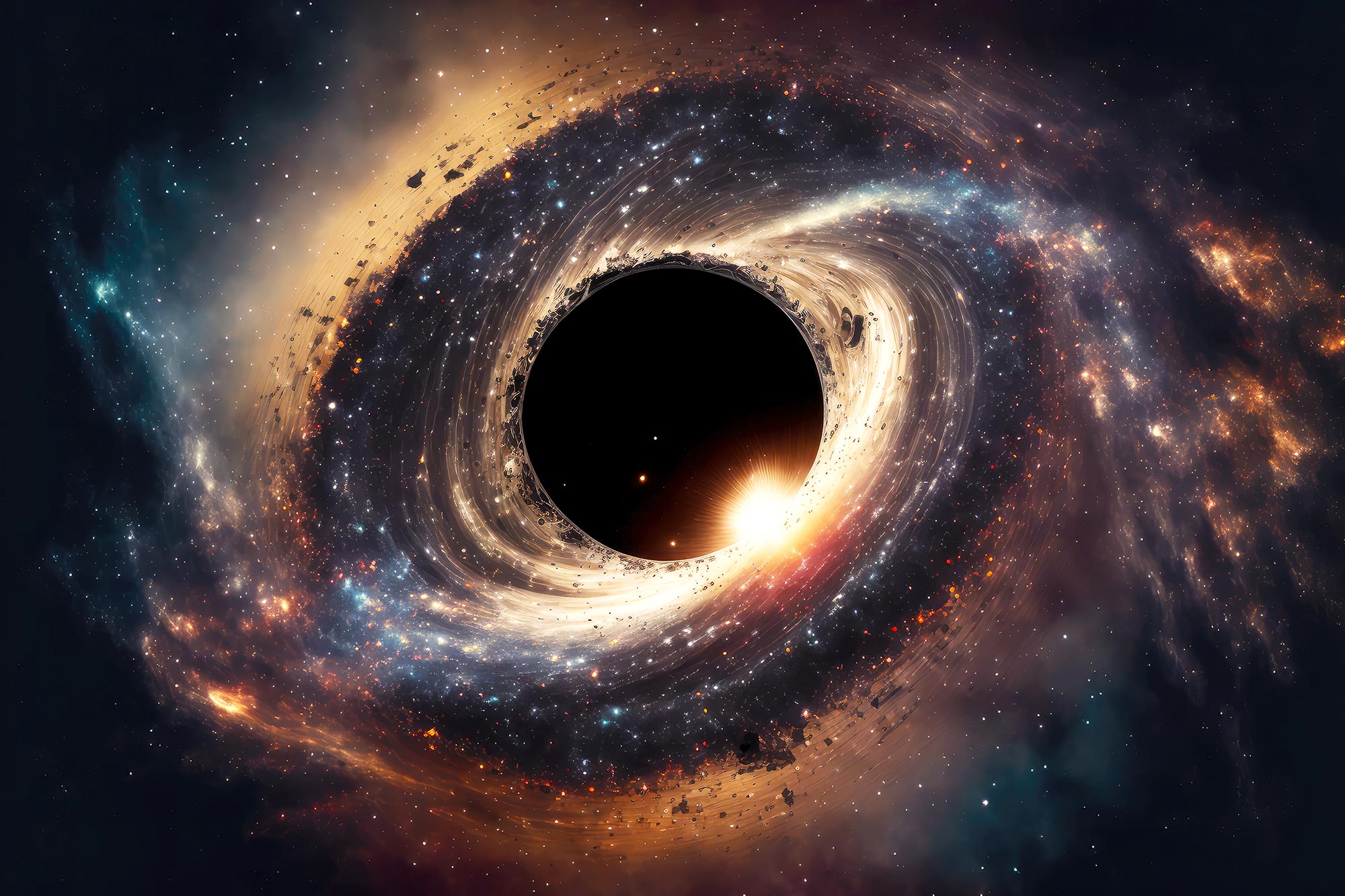The center of the Milky Way is an amazing place, home to a supermassive black hole that consumes interstellar matter and supernovae eject stars to the edges of our galaxy. According to new research, there’s another strange thing: stars that stay young indefinitely thanks to dark matter particles.

A team of scientists from Stanford and Stockholm Universities has hypothesized that certain stars at the center of the Milky Way look incredibly young thanks to dark matter. Using computer modeling, they attributed this to the presence of large amounts of dark matter in the galactic core. Their findings were published in a paper that attracted the attention of the journal Live Science.
Scientists have noticed that stars near the black hole in our Galaxy look very young, although they are in an unfavorable environment for the formation of new luminaries. This has led to thoughts about the influence of dark matter on them.
Other researchers have come up with different theories regarding this phenomenon. One of them is the assumption that the stars were moved to the center of the Galaxy, where they took on the appearance of young luminaries. But Isabelle John, a doctoral student in astrophysics at Stockholm University, and her colleagues decided to investigate whether dark matter could be a factor in the phenomenon.
Their computer simulations showed that these stars could be older than they appeared, maintaining their bright glow thanks to dark matter. According to the theory of these scientists, stars capture dark matter particles with their gravitational field. These particles collide with each other, releasing powerful bursts of energy that keep the luminaries young.
This energy acts as a kind of “cosmic botox”, keeping stars young even when their internal fuel for nuclear fusion runs out. John explains that luminaries burn hydrogen through the process of nuclear fusion, which creates an external pressure that balances the internal pressure of gravitational forces and keeps the stars stable.
Scientists hope that new and improved telescopes will be able to validate their computer simulations, revealing exciting details about one of our Galaxy’s mysteries.
We previously reported on how the “starvation” of a supermassive black hole was spotted from a distance of 300 million light-years.
According to livescience.com


